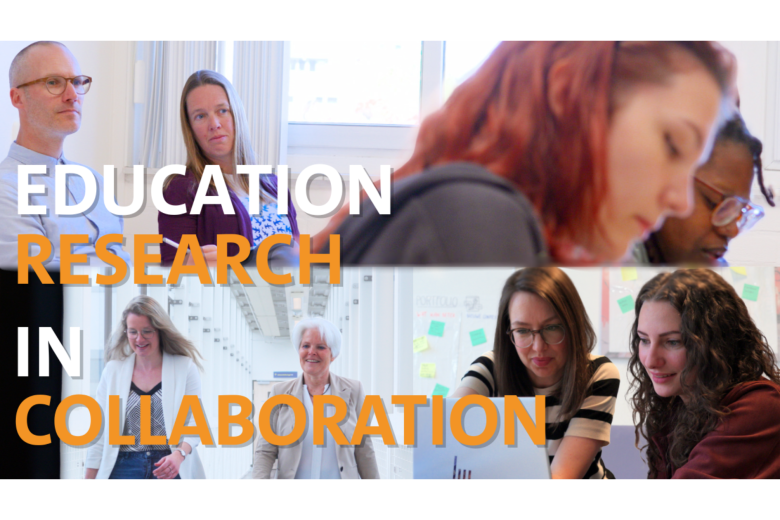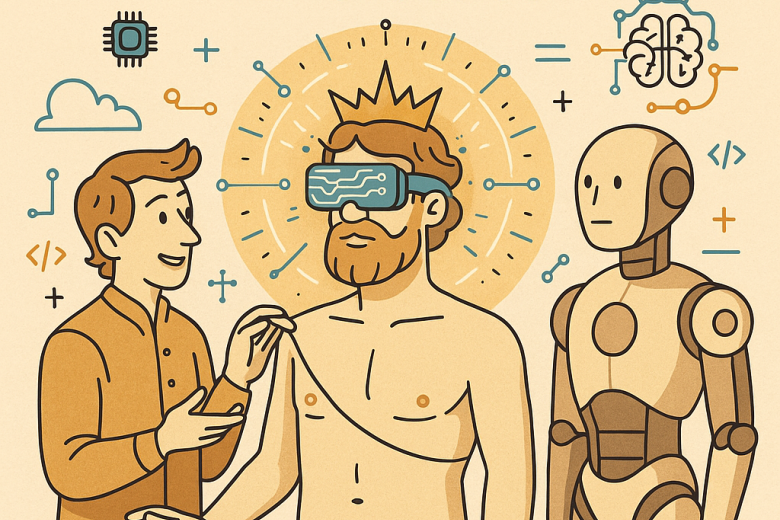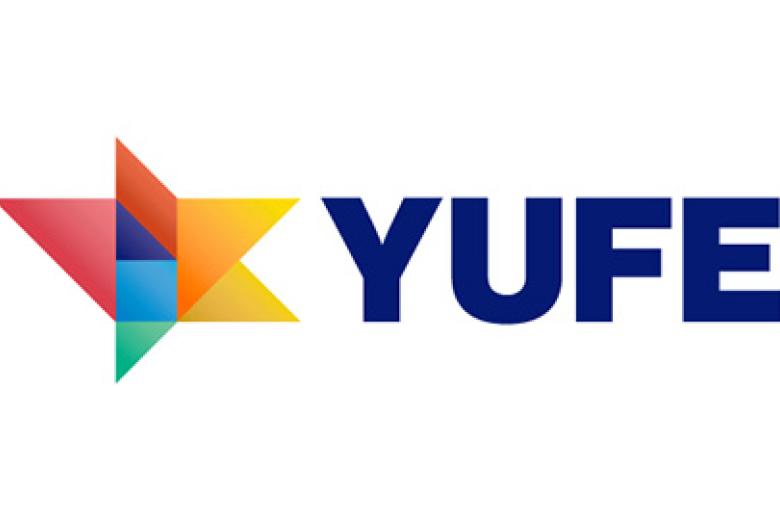Interdisciplinary science: better a toolbox than a hammer
Increasingly, academic staff and students are looking beyond the boundaries of their specialisations and seeking collaboration with other disciplines. This is also the case at UM. People are realising that cross-fertilisation leads to new ideas and insights and can bring about other research methods and results. You could compare it with adultery, says Tsjalling Swierstra with a wink, because it provides excitement and new inspiration.
Swierstra is a professor of Philosophy of Technology at Maastricht University—and a lover of provocative metaphors. At the request of the Netherlands Organisation for Scientific Research, he has conducted research into innovation. His conclusion: the advantages of interdisciplinarity outweigh the disadvantages. And UM is on the right track with regard to interdisciplinary education.
Let's start with the disadvantages. These are mainly practical in nature: buildings, infrastructure, financing. Also, scientific journals and grants are still separated by discipline. Another example is the interdisciplinary committees that are appointed to evaluate PhD candidates. Non-colleagues can put any unsuspecting professor in a difficult position. “With internal disciplinary issues, you know what is coming but now there can be criticism from a completely unexpected angle. Where I would give a positive evaluation, someone from another field can say: what you’re doing isn’t science; that’s not exciting or interesting.”
For students, reaching far across borders between disciplines can cause confusion; they can lose the overview. “Because they have little insight into the individual disciplines, they no longer know where in which field they find themselves, so you get problems like ‘just look up everything on the internet’: you don’t know where it comes from, by god, and how it relates to a theoretical framework.”
Broader perspective and faster results
But all this is peanuts compared to the advantages of interdisciplinarity: a different and often broader perspective, new connections, faster results and a fresh perspective on their own field. “Students shouldn’t start to think that the world falls into the categories that scientists have come up with; that everything is a natural sciences or chemistry problem. Because there you are with your aspirin , which isn’t a miracle panacea. The world doesn’t fit into clear boxes.”
According to Swierstra, we are becoming increasingly aware that our world consists of heterogeneous, complex networks and that this cannot be captured in disciplinary categories and problem-solving strategies. “You can plug away at something within a discipline for a while, but the results from this must go into that world again and be brought into contact with all kinds of other findings from other specialisations.”
Better equipped
In this sense, students who have been educated in an interdisciplinary environment will be better equipped when they enter the labour market.
“If you go into the world with only a hammer, you’ll see only nails. If you take a toolbox with you, you’ll see much more. And I think that's a big advantage. If we recognise that golden bullets don’t exist—solutions are always as complex as problems—it means that you always need a form of collaboration: with other people, different things, different techniques.”
In addition, society has little interest in strictly defined disciplines; it simply wants to see results. You can see the shift happening since the eighties, says Swierstra. “Then, there was a greater demand for a problem-oriented approach. Society increasingly wants value for money and no longer believes that pure fundamental research is the most efficient way to realise certain goals. Then you get shorter periods of research, in which it’s no longer about the scientific elegance and purity of the disciplines, but about the question of whether it works.”
Servant of technology
This development is also associated with a shift in science and technology. Where the word science used to be, you can now find the word technology. “Technology is no longer considered second-rate compared to what theoretical physicists did. In fact, science is now highly technology-driven.”
“You see it in the DNA research in America, but also here in Maastricht, that large investments in fancy machines give you a head start: then you get very good scientists, you can publish faster than the competitor. Science can then be seen as a servant of technology. We want gadgets, health solutions, cyber security, sustainability—and science has to find solutions for this. Ultimately, science is serving technology. And because of this, the boundaries between traditional disciplines are becoming blurred.”
UM at the forefront
Compared with other universities, UM is further ahead when it comes to interdisciplinary education and research, says Swierstra. “This has to do with the fact that UM is a young university that has been less compartmentalised from the outset. It’s fairly small, so people are always meeting each other. It’s located peripherally, which means that my ‘relevant others’, from a disciplinary perspective, are far away.”
“Moreover, with regard to social valorisation, a reasonably wise policy has been pursued, through which the problem-oriented approach has pretty much been in the DNA of this university from the outset. There is little bickering between scientists and there is a willingness to quickly switch gears. So, I think we’re doing comparatively well.”
Text: Theo Tamis
Also read
-
New video series: Education research in collaboration
EDLAB has released a new three-part video series, Education research in collaboration, highlighting how researchers and teaching staff work together to strengthen education through evidence-based innovation.

-
Intelligence Augmentation: a technological revolution and paradoxical blessing
Is AI really intelligent, or simply a tool that helps us think differently? If facts are instantly available, do universities need to rethink what skills matter most for tomorrow’s society? Prof. Hans Savelberg argues that the idea of Intelligence Augmentation, a term that takes AI off "its divine...

-
YUFE Academy Autumn 2025
Join the next YUFE Academy: a series of open lectures led by top professors and experts from our partner universities. Get your knowledge from a reliable source and feed your curiosity.
